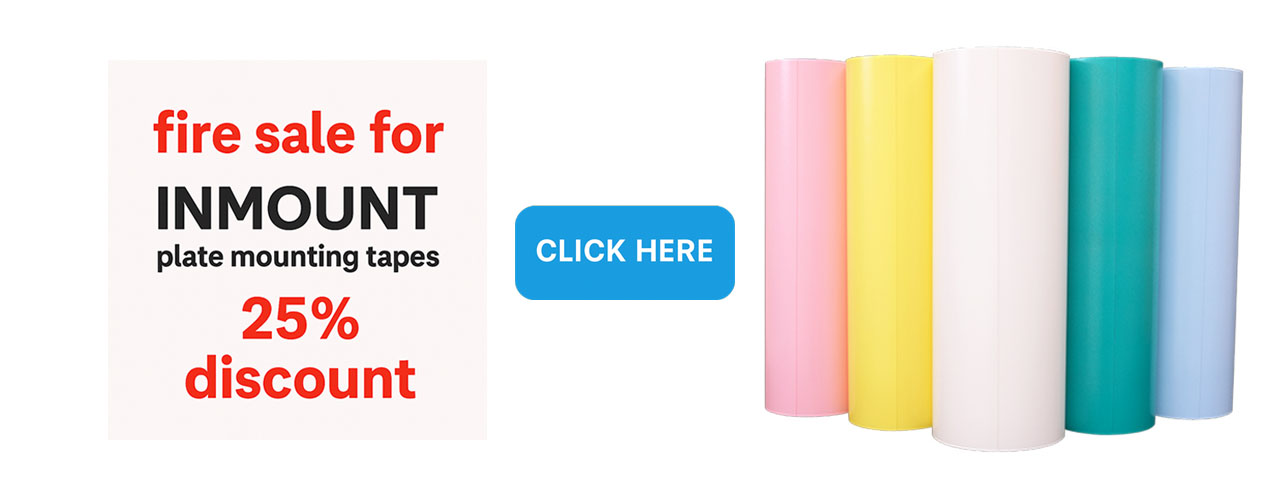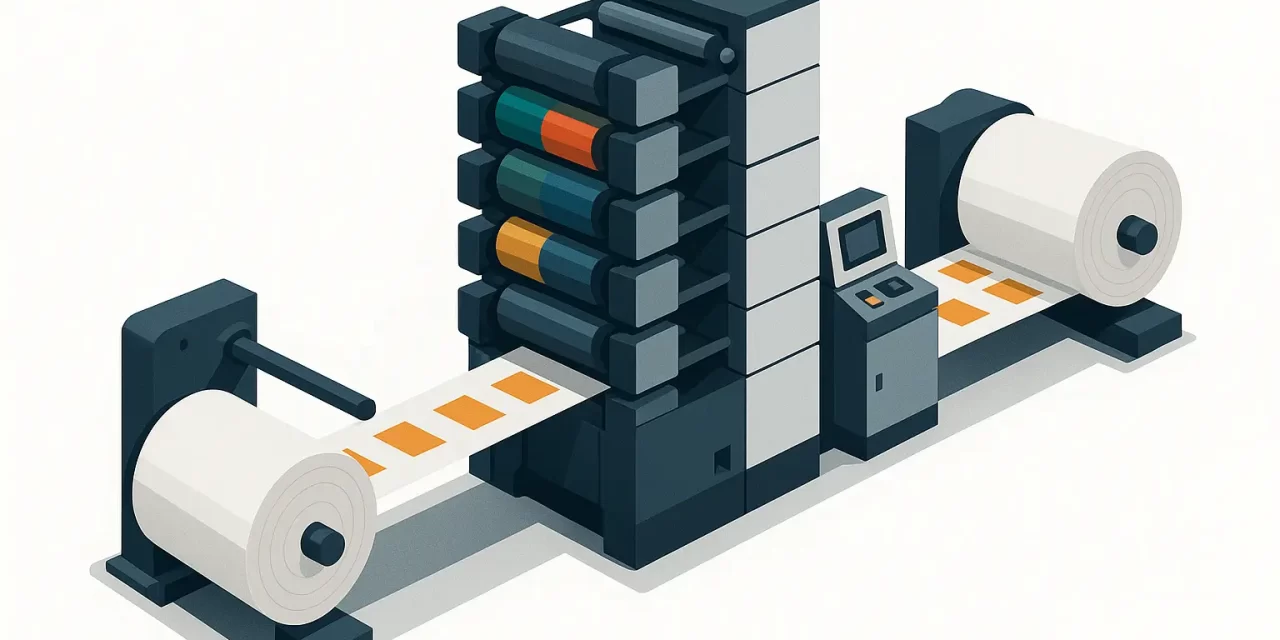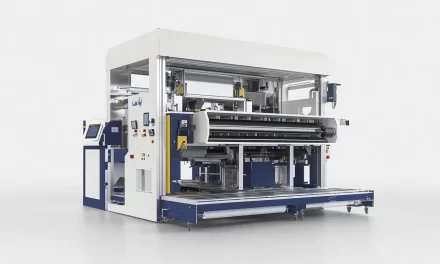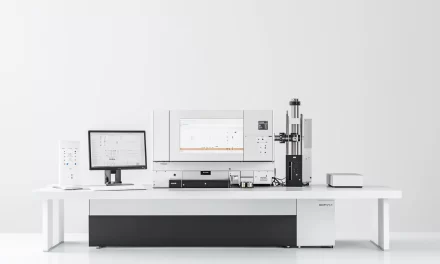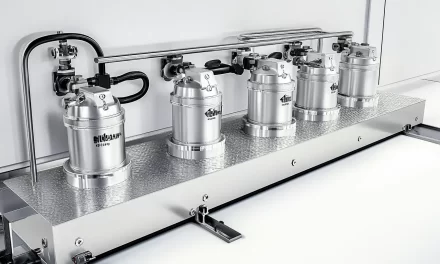In the fast-paced world of flexographic printing, efficiency doesn’t just come from speed—it comes from smart design. As print shops juggle tighter deadlines, shorter runs, and diverse substrates, the demand for space-saving layouts has never been higher.
Gone are the days of sprawling pressrooms with bulky configurations and excessive footprints. Modern flexo facilities are evolving to fit more capability into less square footage, and it’s all thanks to innovative layout strategies that maximize productivity without compromising quality.
In this article, we’ll explore how space-saving layouts in flexographic printing are reshaping the industry—from equipment configuration and press design to workflow optimization and floor planning. Whether you’re building a new facility or reimagining your current one, these insights could help you save space, boost efficiency, and future-proof your print operation.
Why Space Efficiency Matters in Flexography
Let’s start with the basics—why does space matter so much in the world of flexo?
Here are a few hard-hitting reasons:
- Rising real estate and facility costs force businesses to do more with less.
- Compact operations reduce energy consumption and overhead.
- Shorter web paths mean fewer defects, faster setups, and better registration.
- Ergonomics and safety are easier to manage in an optimized layout.
Every square foot counts. Smart spatial design isn’t just an aesthetic choice—it’s a strategic advantage.
Top Space-Saving Layout Strategies for Flexographic Printing
Let’s dive into the most impactful ways flexographic print shops can save space while maximizing performance.
1. Vertical Integration with Stack Presses
Stack-type flexo presses mount printing decks vertically instead of horizontally. This simple yet effective configuration dramatically reduces the machine’s horizontal footprint—ideal for facilities with limited floor space but high ceilings.
Benefits:
- Uses vertical space rather than floor area.
- Easier access to print decks from both sides.
- Compact design without sacrificing color units.
This layout is perfect for operations focused on paper bags, cartons, and film printing, where multiple colors are required in a tight space.
2. Central Impression (CI) Press Configurations
CI presses mount several printing decks around a central impression drum, allowing for precise registration and short web paths—which is a major plus when space is at a premium.
CI Press Advantages in Tight Spaces:
- Compact, unified press structure.
- Fewer web tension zones reduce the need for multiple guide rollers and spans.
- Excellent for flexible substrates like plastic film or foil.
Because everything rotates around one drum, CI presses offer a natural space-saving layout that doesn’t compromise on print quality.
3. Modular and Expandable Press Systems
Today’s best press systems are modular, meaning you can add or remove components like drying units, laminators, or die cutters as needed. This approach allows you to build a press line that fits your available space perfectly.
Pro tip: Choose vendors that offer field-upgradeable platforms, so you can scale up without moving to a bigger facility.
4. Under-Deck Utilities and Cabling
Space-saving layouts aren’t just about machine placement—they’re also about clever cable and utility routing.
Instead of running hoses, air lines, and wiring around machines or along walls, many modern presses now include:
- Under-deck cable trays
- Built-in pneumatics channels
- Compact junction boxes
These features free up walkways and reduce clutter, making the pressroom safer and easier to maintain.
5. Combining Print and Finishing Stations
Why separate when you can integrate?
Hybrid press designs allow flexographic printing units to be combined with:
- Die-cutting
- Slitting
- Laminating
- Cold foil or hot foil
- Varnish application
All in one continuous layout, these combinations eliminate the need for additional offline equipment and reduce space by consolidating processes into one footprint.
6. Efficient Workflow Zones
Smart space-saving isn’t just about the presses—it’s about the people and processes around them.
Here’s how to tighten workflow without strangling productivity:
- Raw material storage should be located near unwinding zones.
- Job setup carts should move smoothly between plate mounting and press stations.
- Ink kitchens can be organized vertically with stackable containers and mobile mixing stations.
- Waste management systems should be centralized but accessible.
Creating designated prep, production, and post-press zones reduces backtracking and boosts output—no additional space required.
7. Wall-Mounted Controls and Displays
Bulky control consoles and operator panels often take up valuable floor space. Many modern systems now use wall-mounted HMIs (human-machine interfaces) or overhead swing arms for touchscreen controls and job displays.
Bonus tip: Go paperless. Use digital job boards and cloud-based proofing systems to reduce desktop clutter and hardcopy traffic in tight environments.
8. Smaller Web Width, Higher Yield
When designing for space efficiency, choosing the right web width is key.
Narrow web presses (10–20 inches) take up significantly less floor space and can be:
- Faster to set up
- Easier to maintain
- More efficient for short runs and variable data jobs
If you’re not regularly printing wide-format jobs, downsizing your web width may free up space and allow room for other equipment or expanded services.
The Role of Automation in Compact Layouts
Space-saving doesn’t just mean shrinking equipment—it means reducing human dependence on manual tasks that require space to complete.
Automation can help you:
- Load/unload rolls in confined spaces
- Remotely monitor press performance
- Pre-register plates with minimal intervention
- Clean anilox rolls without removing them from the press
Smaller teams in smaller spaces can still achieve high output with the right automation systems in place.
Planning a Space-Saving Layout: What to Consider
Before rearranging or investing in a new pressroom setup, take these key points into account:
| Factor | Why It Matters |
|---|---|
| Ceiling Height | Enables stack presses and vertical storage |
| Workflow Direction | Streamlines movement from raw stock to finished product |
| Utility Access | Consolidated power, air, and water supply saves wall space |
| Safety Regulations | Fire exits, ventilation, and ergonomic spacing are non-negotiables |
| Future Expansion | Leave flexible zones or modular paths for growth |
Planning thoughtfully today means avoiding costly retrofits tomorrow.
Real-World Case Study: Compact Efficiency in Action
A boutique label converter in Singapore revamped its 2,500-square-foot facility by:
- Switching from wide-web inline to narrow-web CI presses
- Mounting control panels on overhead swing arms
- Integrating lamination and die-cutting inline
- Relocating ink prep to a mobile cart system
The result? A 30% increase in throughput, a 25% reduction in job changeover time, and the ability to take on 15% more jobs per month—without leasing more space.
Conclusion: Small Space, Big Potential
In flexographic printing, size doesn’t dictate success—smart design does. Whether you’re working in a downtown industrial unit or planning a new greenfield facility, space-saving layouts are your ticket to higher efficiency, faster job turns, and lower operating costs.
By embracing modular designs, CI configurations, hybrid workflows, and vertical integration, you can do more with less—less floor space, less energy, and less waste.
So, if your pressroom feels tight, don’t think expansion. Think optimization. Because sometimes, the best way forward is to build up, not out.

